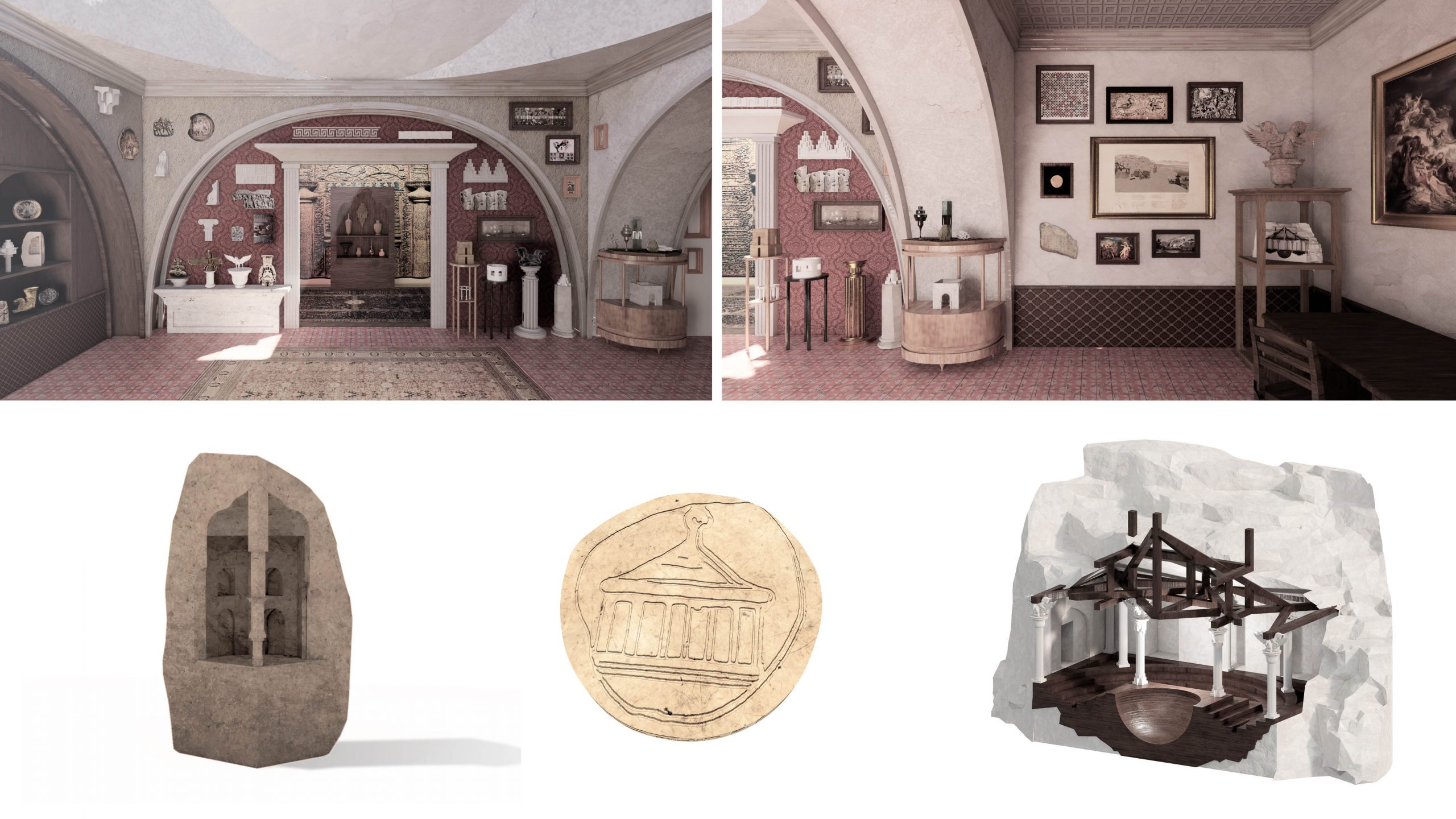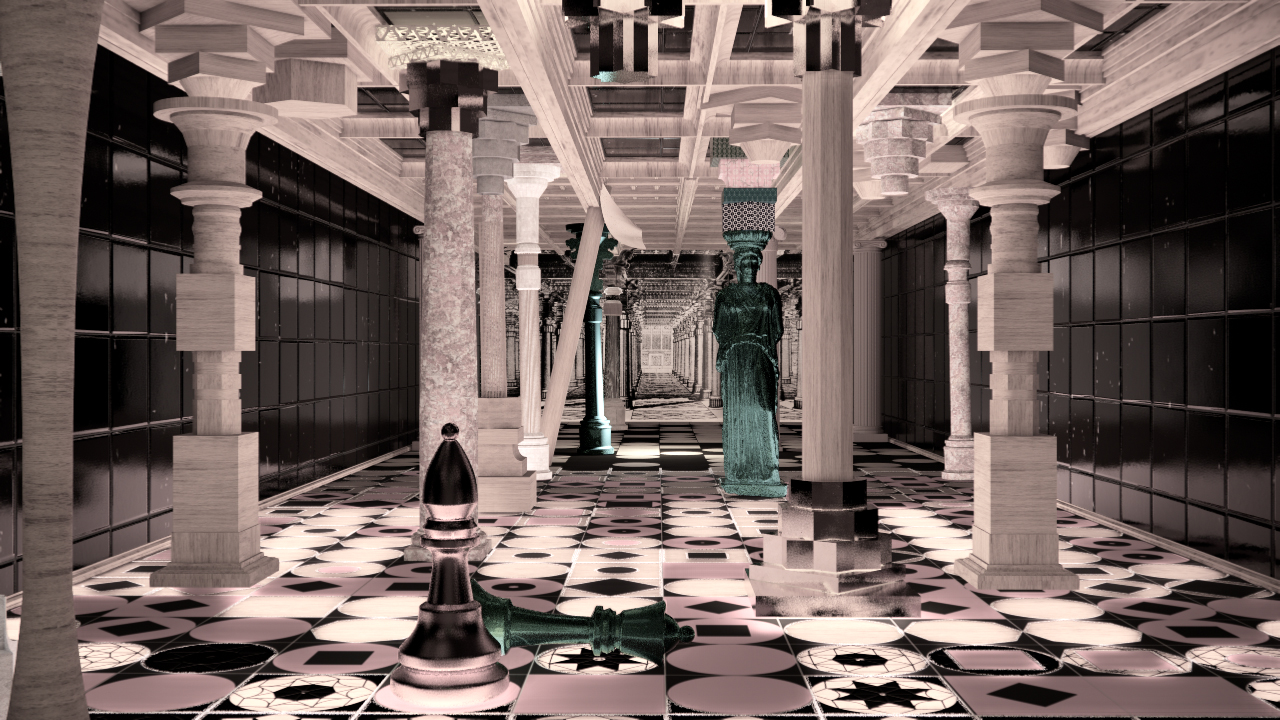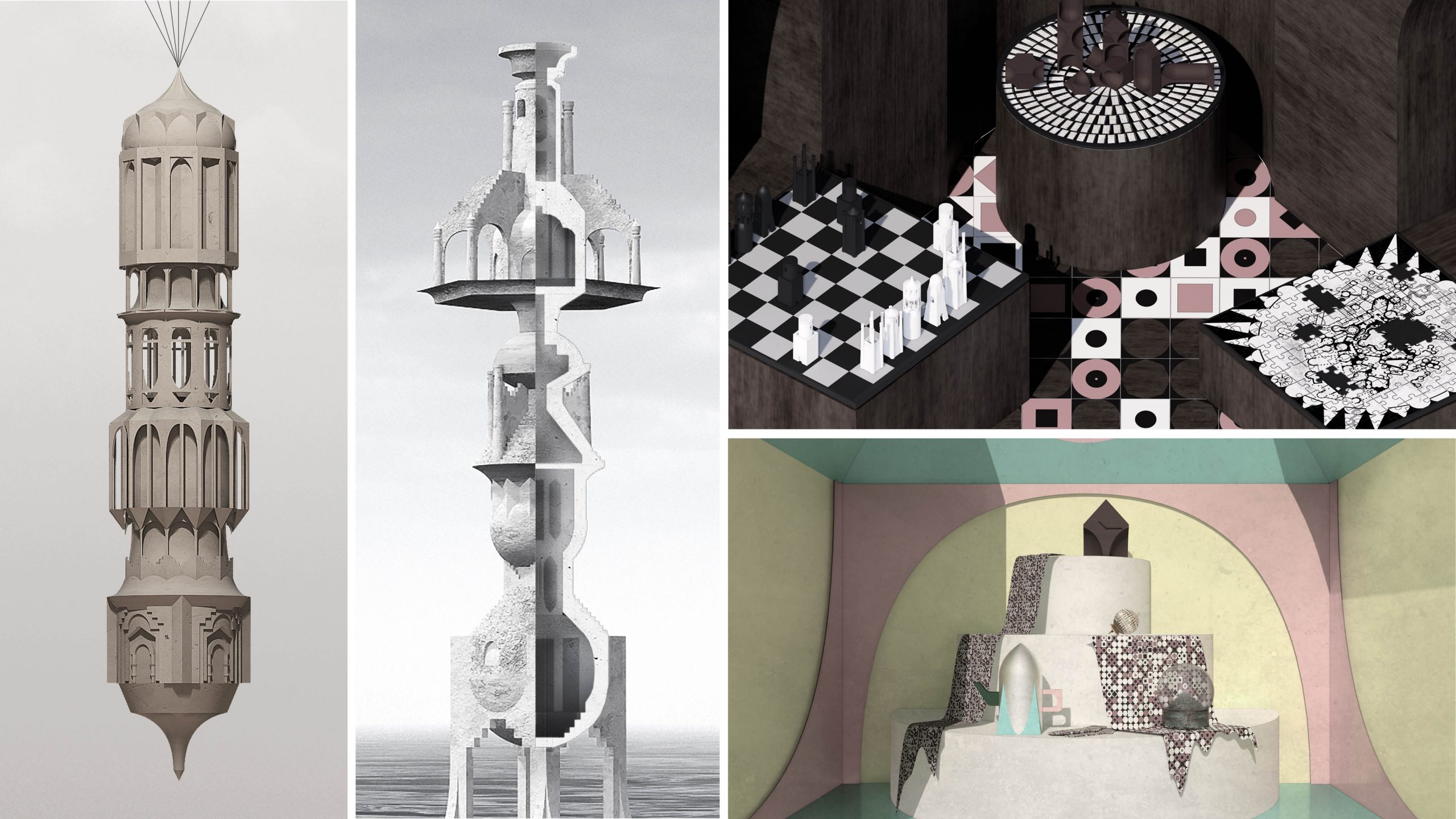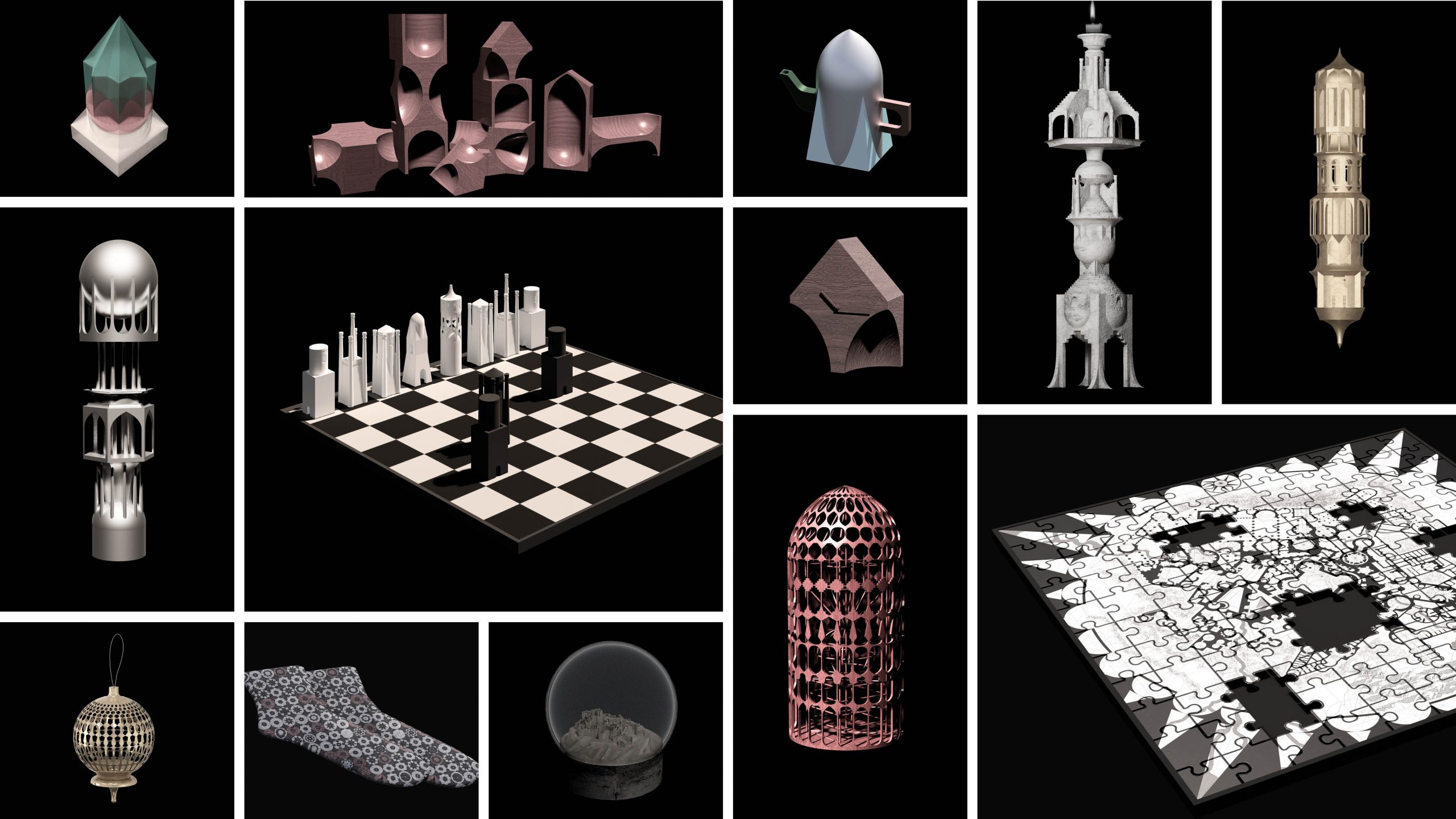


Monuments have often been preserved for their cultural and historic value. At the same time, due to their symbolic value, monuments were often subject to adaptation and cultural appropriation to convey political and cultural statements. During political transitions, some monuments were borrowed and appropriated as war trophies in order to signify the nation’s triumph over an enemy. Through periods of transformation, monuments evolved into symbols, becoming markers of time and vessels for narrating events in history. This metamorphosis of monuments occurred alongside the evolution of histories and cultures across time.





Monuments represent the architectural ‘trophy’; a symbol that carries the impression of its successive histories. The meaning behind past narratives embodied within the architectural form is dissonant with our current context. These narratives are often erased through the demolition of the architectural object or tropified through rigid conservation practices. This project presents an alternative to these practices; an opportunity to create new architectural forms which emerge out of their successive histories and are reshaped through responding to their present cultural context.


